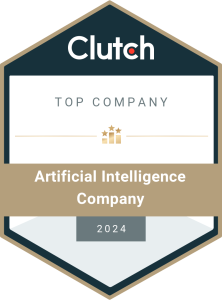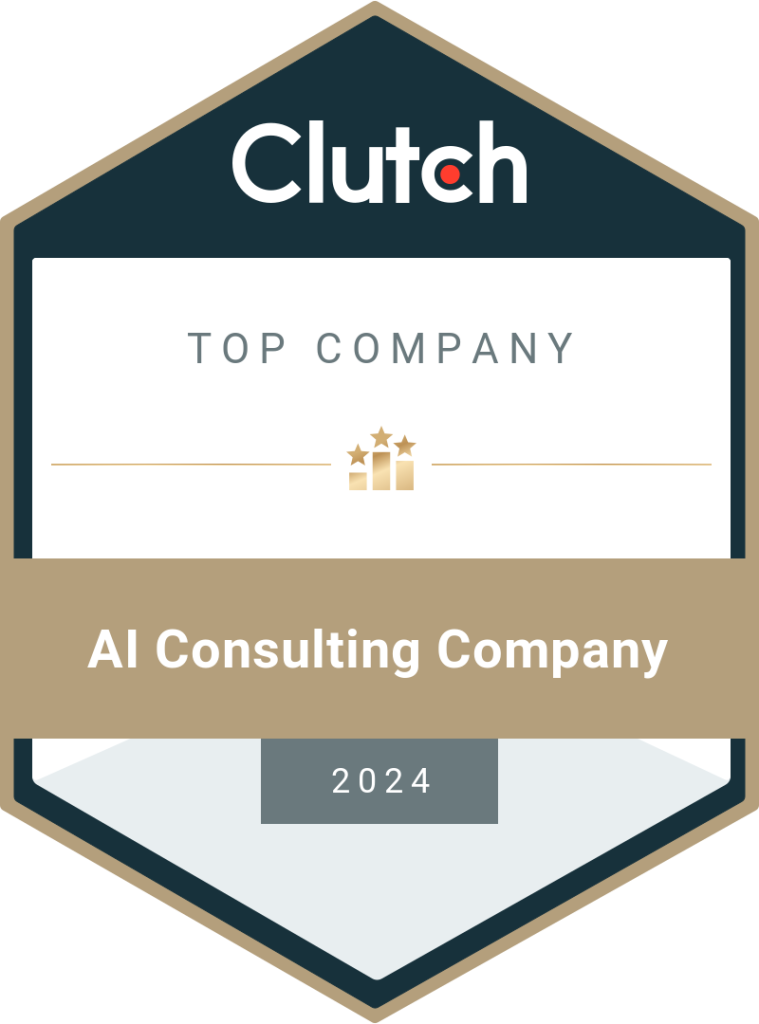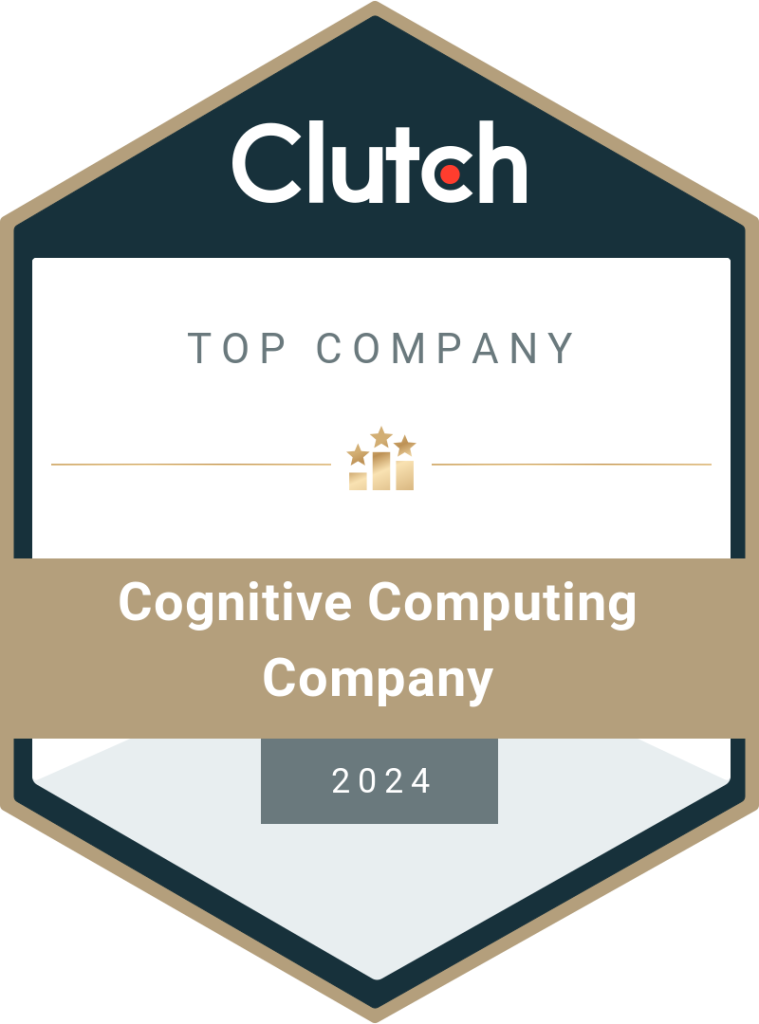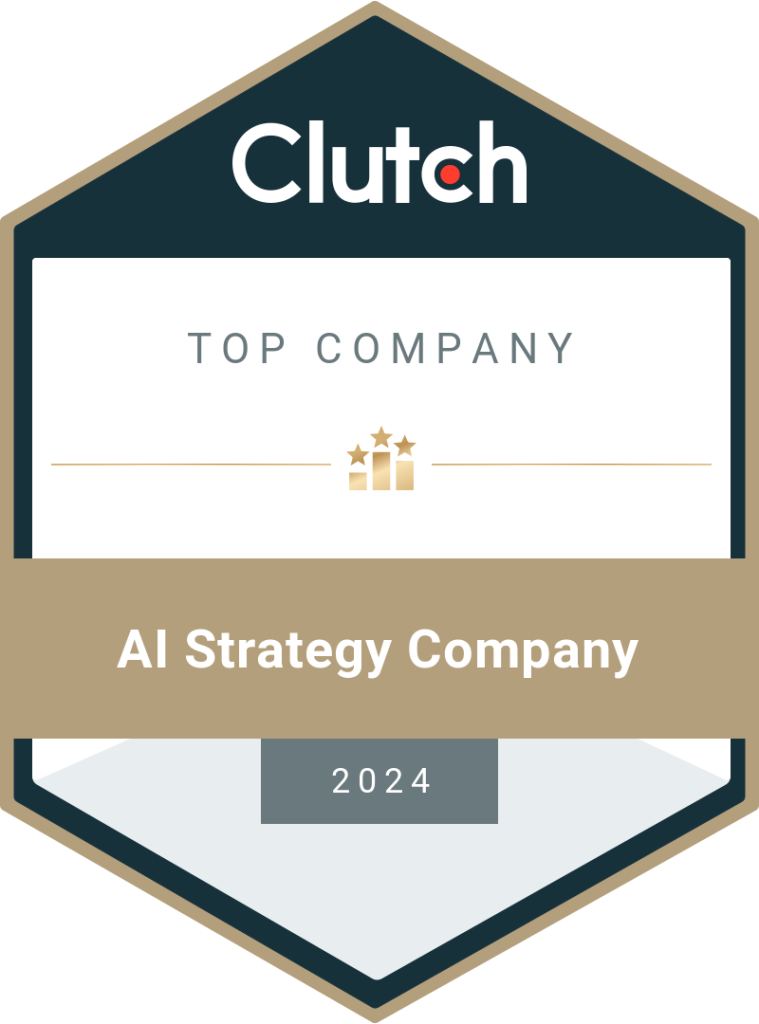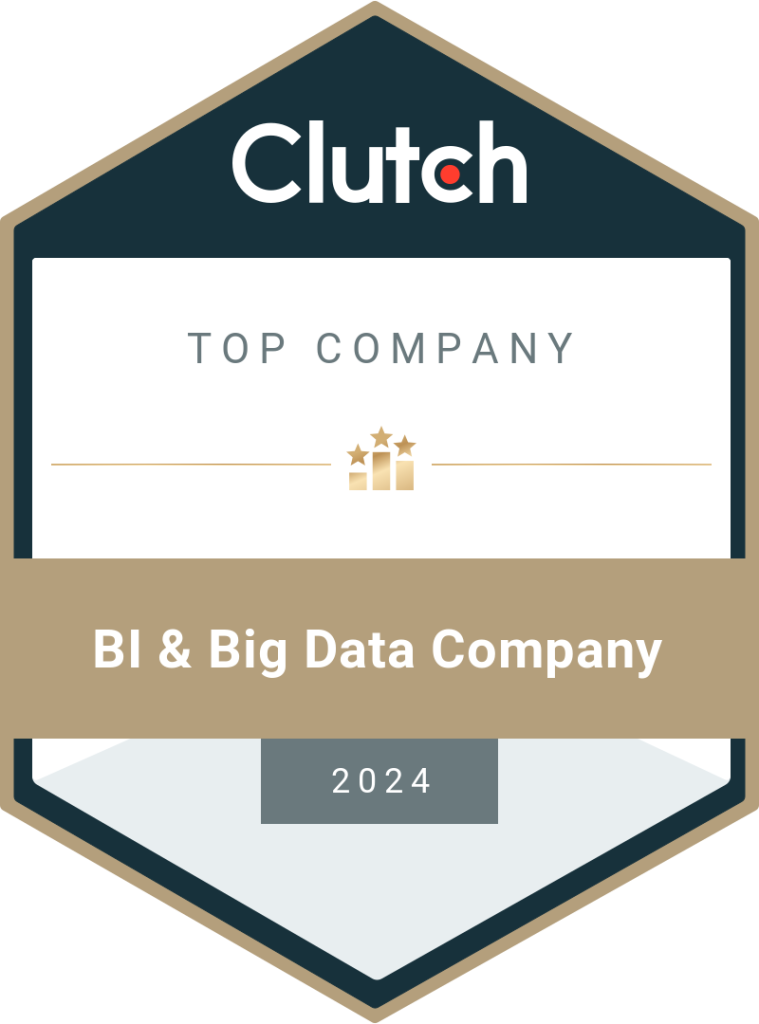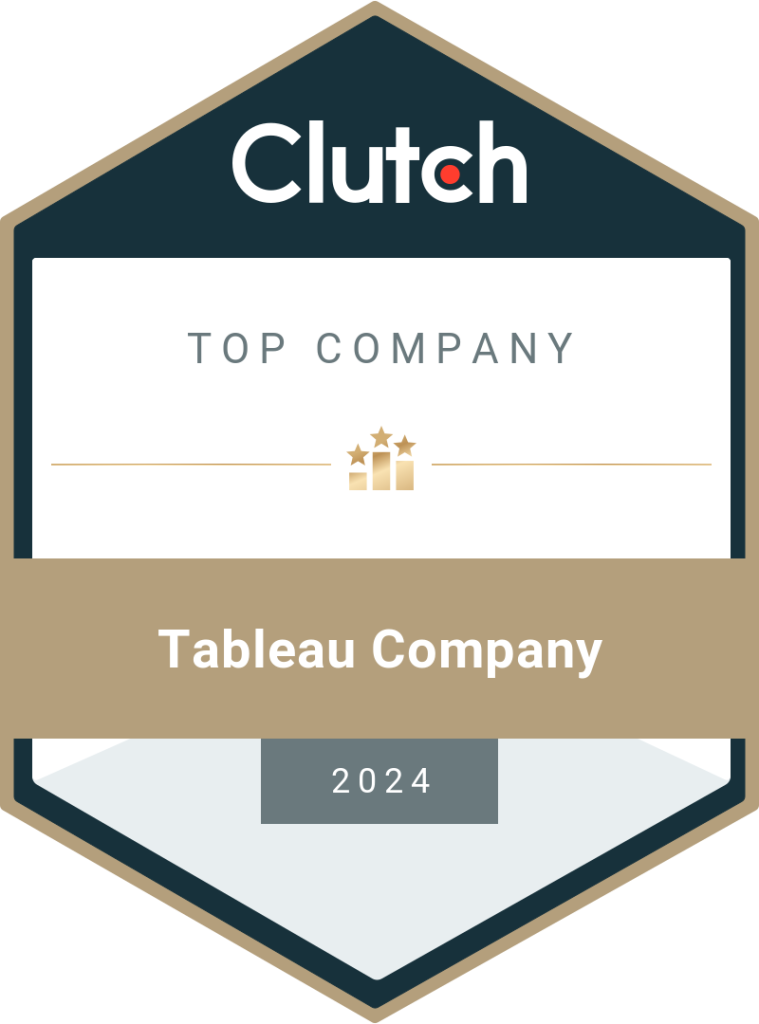21 Biggest Cloud Transformation Trends in 2025
With more organizations migrating their IT infrastructure to the cloud platforms, it is vital to understand what it means and how cloud transformation can help a business. Here, we’ll discuss the biggest cloud transformation trends in 2025. Many organizations of various sizes are investing in cloud transformation solutions to revamp their business processes and benefit from cloud-based models to increase efficiency, productivity, and revenue. Gartner states global cloud computing spending will likely touch $679 billion. Both public and private clouds are in demand. Additionally, businesses opt for a multi-cloud strategy to streamline their operations and enhance overall performance. Statistics show that over 70% of enterprises will use industry cloud platforms by 2027. While almost 80% of businesses use multiple public clouds, 60% use a minimum of one private cloud. So, what are the recent trends in cloud computing? How is cloud transformation influencing the global markets? What do we need to know about cloud digital transformation in an enterprise? Read on to know more! What is Cloud Transformation? Cloud transformation is the process of migrating or transferring the business systems, IT infrastructure, data, processes, etc., from on-premises to a remote cloud platform. It focuses on scalability, flexibility, and agility to ensure that the technologies used align with the business requirements and the latest market trends. For example, outdated legacy systems are modernized or replaced by lighter cloud-based applications for better usability and faster results. What is the Market Trend for Cloud Computing? There are many trends in the cloud computing market, which directly and indirectly influence how businesses use the latest technologies to achieve their goals. According to Mordor Intelligence, the cloud computing market size is expected to be $0.68 trillion. It is predicted to grow at a CAGR (compound annual growth rate) of 16.40% to touch $1.44 trillion by 2029. 21 Biggest Cloud Transformation Trends in 2025 1. Serverless Computing Serverless computing is a model where developers can build and deploy application code without managing backend servers. It is also called function as a service (FaaS) where cloud service providers maintain the servers. The term serverless doesn’t imply the lack of a server but indicates that the server is not hosted on-premises in an organization. This reduces the cost of building and upgrading the IT infrastructure in the enterprise and promotes greater scalability. It helps businesses be ready to tackle future developments quickly and efficiently. 2. Better Artificial Intelligence and Machine Learning While AI and ML technologies are already being adopted by many businesses, the trend will continue in 2025 and beyond. Tech giants like Google, IBM, etc., are coming up with new products and services that will boost productivity in organizations and empower employees to use advanced tools. AI and ML are a part of cloud transformation and help in streamlining various activities in different departments, verticals, and industries. Be it procurement or customer service, AI applications can be used for analytics, automation, and more. 3. Edge Computing Edge computing is another trend in cloud transformation services. It aims to reduce latency and improve data processing speed. In this method, data storage and computing tools are brought closer to the data source, or all applications are hosted on the same server. This allows real-time analytics and report generation as applications run faster. For example, manufacturers can benefit from edge computing by setting up analytical tools near IoT (Internet of Things) devices or in the same network. 4. Multi and Hybrid Cloud Cloud transformation doesn’t mean a business has to move all its systems onto a single cloud. In fact, many organizations prefer multi-cloud architecture to save costs and increase efficiency. By using individual apps hosted on the respective vendor cloud servers, businesses can reduce the costs needed to build everything from scratch. Furthermore, the responsibility for data security and privacy lies with the vendor. Large enterprises use a combination of public and private clouds to spread the workflows on different platforms according to their priorities and security requirements. 5. Sustainability and Green Computing Sustainability is a hot topic in many industries. How can one make the IT industry also sustainable? That’s where green computing comes into the picture. Sustainable technologies align with environmental protection goals and can help businesses reduce their consumption of natural resources without affecting their daily activities. The aim is to reduce carbon footprint and create a circular network for IT-based energy consumption. 6. Industry Cloud Platforms Industry cloud platforms (ICPs) combine the capabilities of software, platform, and infrastructure as a service to provide customized solutions based the business requirements. This creates greater flexibility for organizations to handle any range of workloads without worrying about system crashes or unexpected downtime. Oracle Fusion Cloud and SAP DMC SAP Leonardo are some examples of industry cloud platforms. Businesses from each industry can get services that are tailored to their sector as well as the specific requirements. 7. Disaster Recovery When creating a strategy for digital transformation, businesses should include disaster recovery and data backup on the list. With many organizations migrating their systems to cloud platforms, it is vital to understand the importance of securing the data and applications from cyberattacks or natural disasters. Fortunately, the leading cloud service providers offer disaster recovery tools to quickly retrieve lost/ corrupted business data and apps to restart the processes without wasting too much time. Instead of worrying about data loss, the organization can revert to the latest previous update and take it from there. 8. Internet of Things (IoT) IoT or the Internet of Things are devices like sensors, connectors, etc., that extract data from the source and exchange it with other devices in the network. The data collected by IoT devices is sent to analytical tools to derive actionable insights. IoT has an important role in industries like manufacturing, mining, oil and gas, chemical, pharma, etc. IoT is a combination of different tools and technologies that collect varied data like temperature, movement, equipment motion, etc. 9. Security and Resilience While effective cloud transformation processes are one aspect
Read More